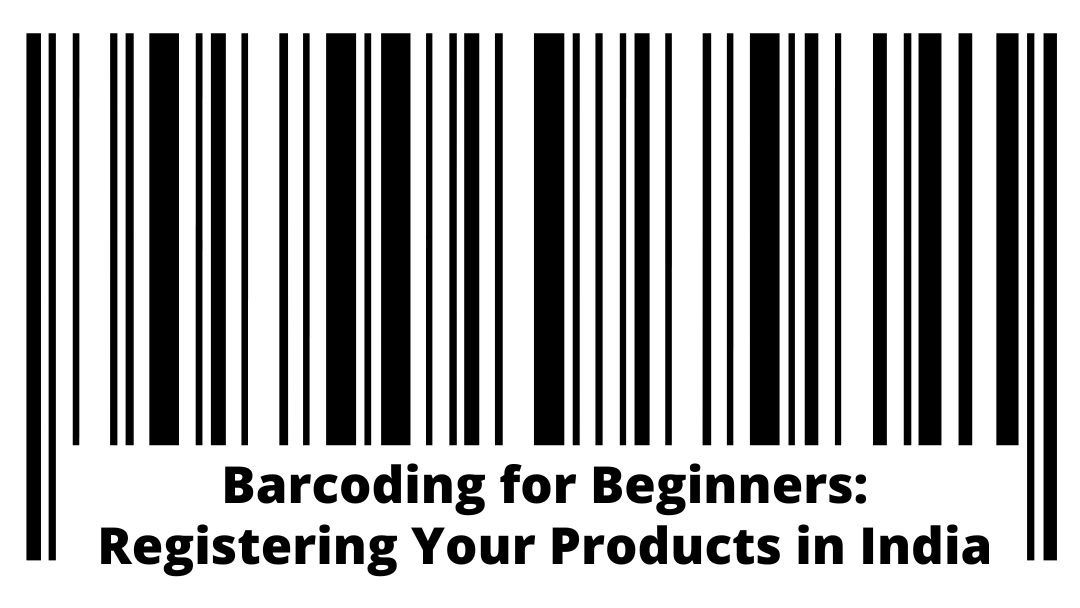Barcode registration is the process of assigning a unique barcode to a product and registering it with a database or a barcode authority. This process involves obtaining a unique series of numbers, known as a Global Trade Item Number (GTIN), and creating the corresponding barcode image.
The registered barcode allows retailers, manufacturers, and consumers to identify and track products, streamline supply chain operations, and manage inventory more effectively. Barcode registration is typically required for products being sold in retail stores or online platforms.
Understanding GS1
GS1 is a global non-profit organization that develops and manages global standards for creating and implementing supply chain and business processes. It enables companies to identify, capture, and share information about products, locations, assets, and more, in a standardized and efficient manner.
The most well-known standard developed by GS1 is the Global Trade Item Number (GTIN), commonly used to identify and track products. GS1 also provides other standards such as barcodes, electronic data interchange (EDI), and global data synchronization network (GDSN) for seamless data exchange between trading partners.
Why is barcode registration required?
Barcode registration is required for several reasons:
1) Identification: Barcode registration helps in identifying and tracking products. Each barcode represents a unique code for a specific product. When a barcode is registered, it ensures that the product has a unique identification number that can be recognized globally.
2) Inventory management: Barcode registration enables efficient inventory management. By registering barcodes, businesses can keep track of their stock levels, know when to reorder products, and prevent overstocking or understocking situations. It aids in streamlining operations and reducing costs associated with inventory management.
3) Traceability: Barcode registration allows for traceability of products throughout the supply chain. It enables businesses to track the movement of products from manufacturing to distribution to retail. In case of any issues or recalls, barcode registration helps identify affected products quickly and efficiently.
4) Counterfeit prevention: Barcode registration plays a crucial role in preventing counterfeit products. Registered barcodes can be verified and authenticated, ensuring that only genuine and authorized products are in the market. This helps protect consumers from purchasing fake or harmful products and protects the reputation of brands and businesses.
5) Pricing and sales automation: Barcode registration simplifies pricing and sales processes. The barcode contains information about the product, such as its price, which can be read by barcode scanners at the point of sale. This automation reduces human errors, speeds up the checkout process, and provides accurate sales data for analysis and decision-making.
Overall, barcode registration is necessary to enable efficient identification, tracking, inventory management, traceability, counterfeit prevention, and automation in the supply chain and retail operations
Process of Barcode Registration in India
The process of barcode registration in India involves the following steps:
1) Determine the Type of Barcode: Decide which type of barcode is suitable for your product. Common types include UPC-A, EAN-13, and QR codes.
2) Choose a Barcode Registration Agency: Select a recognized barcode registration agency in India. Some popular agencies include GS1 India and Indian Barcode Corporation.
3) Obtain a Global Company Prefix (GCP): Apply for a Global Company Prefix (GCP) from the chosen barcode registration agency. This prefix uniquely identifies your company.
4) Provide Company Details: Submit the necessary documents, including proof of identity, address, and business registration, as required by the barcode registration agency.
5) Barcode Generation: After the agency verifies your documents and approves your application, they will assign a unique barcode number to your company, also known as a Global Trade Item Number (GTIN).
6) Barcode Printing: Design and print the barcode on your product packaging. Make sure that the barcode is clear and easily scannable.
7) Testing: Test the printed barcode using a barcode scanner to ensure it can be accurately read.
8) Register Barcode Numbers: Register the assigned barcode numbers on the barcode registration agency’s database. This step ensures that the barcode is linked to your company’s product.
9) Renewal and Maintenance: Barcode registration usually requires an annual fee. Ensure that you renew your barcode registration regularly and update the database with any changes to your products.
It is essential to follow the specific guidelines provided by the chosen barcode registration agency in India, as the process may vary slightly between agencies.
Documents for Barcode Registration
1) Application Form for Barcode Registration: This document includes all the necessary information that needs to be provided by the applicant for barcode registration. It will typically ask for details such as company name, address, contact information, and product information.
2) Proof of Company Registration: This document proves that the applicant’s company is registered and legally operating. It can be a copy of the company’s registration certificate, business license, or any other official document issued by the relevant authorities.
3) Product Information: This document provides detailed information about the products that will be assigned barcodes. It includes the product name, description, specifications, and any other relevant information.
4) Sample labels: This document includes sample labels or packaging materials displaying the barcode. It helps the authorities verify if the barcode will be correctly printed and scanned.
Letter of Authorization: If the applicant is not the manufacturer or producer of the products, a letter of authorization may be required. This document authorizes the applicant to use the barcode on behalf of the manufacturer or producer.
Payment Receipt: This document serves as proof of payment for the barcode registration fees. It can be a bank receipt, online payment confirmation, or any other acceptable form of payment proof.
Trademark Registration Certificate (Optional): If the applicant wants to register a trademark along with the barcode, a copy of the trademark registration certificate may be required.
It is important to note that the required documents may vary depending on the country or region where the barcode registration is being sought. It is recommended to check the specific requirements of the relevant barcode registration authority or organization.
How could barcodes make a business efficient?
Barcodes can make a business efficient in several ways:
1) Accurate and Faster Inventory Management: Barcodes enable businesses to scan and track products accurately and efficiently. This helps in automating the inventory management process, ensuring that the stock levels are constantly updated, and providing real-time information on product availability.
2) Streamlined Sales Process: By using barcodes, businesses can quickly scan items during the checkout process, reducing the time it takes to manually enter the product information. This speeds up the sales process, reduces human error, and provides a more seamless customer experience.
3) Enhanced Data Accuracy: Barcodes eliminate the need for manual data entry, which is prone to errors. Scanning barcodes ensures that accurate and consistent product information is recorded, reducing the occurrence of mistakes and resulting in improved data accuracy.
4) Efficient Supply Chain Management: Barcodes can be used to track products at various stages of the supply chain, from manufacturing to warehousing to distribution. This helps businesses identify bottlenecks, optimize workflows, and improve overall efficiency in the supply chain.
5) Improved Tracking and Traceability: Barcodes allow businesses to easily track and trace products, enabling better recall management and ensuring compliance with regulatory requirements. In case of product recalls or quality issues, barcodes enable businesses to quickly identify affected products and take appropriate actions.
6) Enhanced Productivity: By automating various processes and reducing manual data entry, barcodes free up employees’ time, allowing them to focus on more value-added tasks. This can lead to increased productivity and efficiency in various business functions.
Overall, the use of barcodes can significantly improve a business’s efficiency by simplifying inventory management, streamlining sales processes, reducing errors, optimizing supply chain operations, and improving productivity.
Summing Up:
Barcode registration in India refers to the process of obtaining a unique identification code for a product through the use of barcode technology. This code is then encoded into a barcode, which is a series of black and white lines that can be scanned by a barcode reader.
The barcode registration process in India is managed by the Barcode Registration Authority of India (BARAI). Barcode registration is an important step for manufacturers in India to comply with regulatory requirements and enhance their product’s visibility in the market. It helps in ensuring product authenticity, minimizing the risk of counterfeit products, and improving overall supply chain efficiency.

